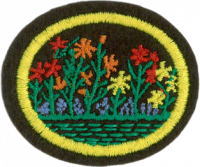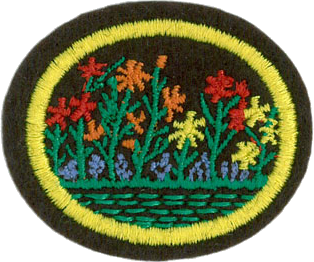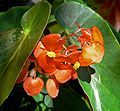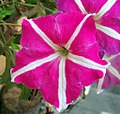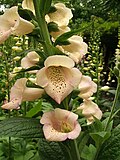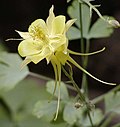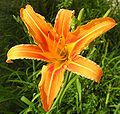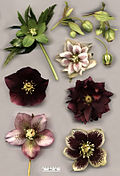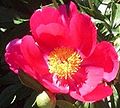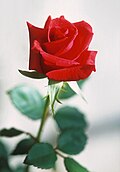Відповіді для Hагорода AM Цветоводство
1
1a
1b
1c
2
3
4
5
6
Soil Preparation
In general, you should follow the directions included with the plant you buy. Dig a hole to the proper depth as instructed. You will also want to control the soil's pH (acidity). Add lime to increase pH, or add manure to decrease it. Make sure these are well mixed with the soil though, because concentrated clumps can damage your plants. You can buy pH measuring kits and test the soil yourself. The soil should be well tilled and loose.
When you dig a hole to plant in, do not feel compelled to refill that hole with the same soil you removed from it. For the ambitious, there are dozens of soil recipes to choose from, combining loam, vermiculite, peat, lime, fertilizer, sand, compost, charcoal, manure, etc. You usually only need a gallon or so of soil per plant, not 40 acres of perfect dirt.
Fertilizing
Do not over fertilize, and wait four to six weeks after planting before fertilizing. Make a circle around each plant with one ounce of ammonium sulphate in the first year. After that, do the same with two ounces as soon as the plants bloom, and again one month later.
Planting
Again, you should follow the instruction that come with a new plant. You will need to dig a hole to the proper depth, and usually, you will place the plant in the hole so that new soil-line matches the old soil-line. If the plant has become root bound in the container, you need to cut away the roots that are curled around the outside to allow the newer roots within the rootball to grow. Once the plant has been placed in the hole at the proper level, bury the roots. Pack the soil loosely around the root - not tightly!
Lay down a layer of mulch. Mulch helps to control weeds and retain moisture. This will help in the hot summer months. Wood chips are excellent for this. Do not use leaves or sawdust, as these will wick moisture away from the plants and make it difficult for water to penetrate to the roots.
Growing to Maturity
Water the plants after planting them, and keep them well watered afterwards. Watch for pests and take measures to control them as early as possible. You can keep the plants blooming for long periods by "dead-heading" them, that is, plucking off the blossoms as soon as they begin to wither. Dead-heading prevents the plant from producing seeds, so it will try again by making more blossoms.
7
You can apply the same techniques given above for annuals to care for perennials, but with perennials, there is more impetus to get it right. If you get it right, they will come back the following year. Indeed, if you already have a bed of perennials, there is no need to plant them at all. Just fertilize and water them, and make sure you keep the pests at bay. If the plant makes it through the fall in good health, chances are excellent that it will survive the winter and be healthy again in the spring.
Visit your perennials weekly, and for this requirement, jot down what you do. You can write it in a notebook, or even start a blog to record your activities.
8
The three most important plant nutrients are nitrogen, phosphorus, and potassium. NPK fertilizers are named for the chemical symbols of these elements: N for nitrogen, P for phosphorus, and K for potassium. Fertilizers are marked with the percentage of each of these nutrients. For example, a fertilizer may be marked as 18-51-20, which means it is 18% Nitrogen, 51% Phosphorus, and 20% Potassium. You may notice that these numbers do not add to 100% - the remainder is made up of "fillers". Fillers prevent the nutrients from clumping together and "burning" the plant.
9
9a
9b
- Dusty Miller
- Gazania
- Sweet Alyssum
- Globe amaranth
- Verbena
- Nasturtium
9c
- Sunflower
- Sweet Alyssum
- Cosmos
- Dahlia
- Petunia
- Geranium
- Gazania
- Snapdragon
- Verbena
- Zinnia
9d
- Dahlia
- Marigold
- Lobelia
- Cup flower
- Impatiens
- Pansy
10
The purpose of a soil test is to determine the nutrient content of the soil. This will allow the gardener to select plants that will grow best in the existing soil conditions or to determine what nutrient supplements are required to amend the soil for the intended plants.
11
Annuals
Perennials
References
- http://mostlyorganicgarden.com/NPK_explanation.html
- Wikipedia articles:
